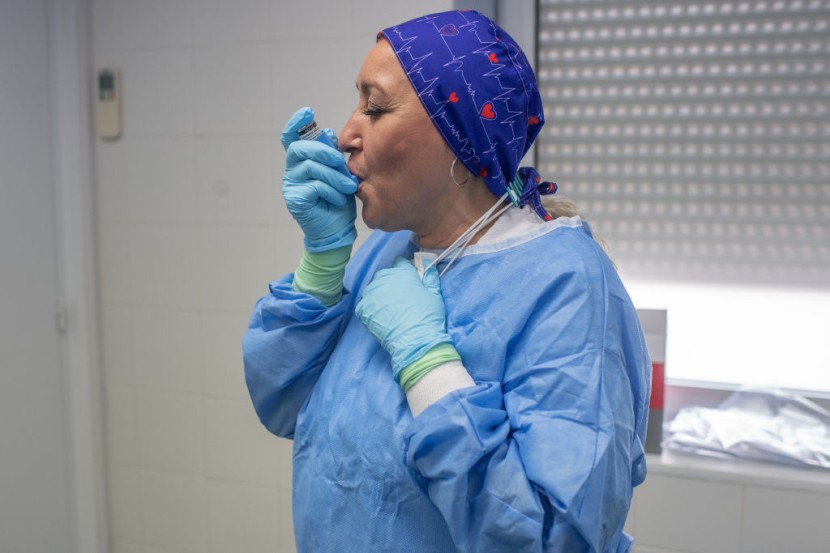
A new study proposed that patients with asthma who test positive for COVID-19 are seemingly less at risk of hospitalization or need mechanical breathing assistance than COVID-19 patients without asthma. The asthma patients are also less possibly to die from the virus.
The Study
In Boston, scientists at a healthcare system evaluated 562 asthma patients with COVID-19 and 2,686 identically-aged COVID-19 patients without asthma.
The two clusters were at identical rates (between 18 percent and 21 percent) and similarly required mechanical ventilation (3 percent in the asthma group vs. 4 percent in the non-asthma group). The researchers stated that asthma patients were 70 percent less likely to die from the novel coronavirus.
Initially Considered as Less Susceptible
Previous studies alleged that asthmatics are more susceptible and were advised to be more vigilant of COVID-19. The finding that 70% of asthmatic patients are less likely to die of COVID-19 contradicts this.
No individual from the 44 patients with severe asthma succumbed to the virus. According to the researchers, "Although the factors underlying these findings are not yet known, important considerations include possible biologic mechanisms... and possible protective effects of asthma medications (such as corticosteroids)," reported Odisha Bytes.
New Test Better at Identifying Infectious Cases
Becton Dickenson and his colleagues' BD Veritor System for fast detection of COVID-19 is better than gold-standard RT-PCR laboratory tests at identifying between the infectious and non-infectious virus in swab samples procured within a week of exhibiting symptoms.
One downside of the RT-PCR (real-time polymerase chain reaction) is that patients could be diagnosed with COVID-19 after they are no longer infectious. The tests detect the viral RNA's small amounts that most possibly represent infected and dead cells.
Newer "antigen-based" tests seek viral proteins instead of RNA. But in RT-PCR, patients could be diagnosed with COVID-19 even after they are no longer have the virus.
According to co-author Celine Roger-Dalbert of BD Life Sciences, this antigen-based method could possibly "be used to identify and isolate contagious individuals more effectively than current RNA-based (RT-PCR) testing," reported Knowledia.
She further explained, "Although it may not replace RNA-based testing, because we still need to identify anyone who was infected to trace the spread of the virus, it should help make isolation more efficient and effective as a public health intervention used to slow down the spread of Covid-19."
Intubation Possibly Less Risky For Doctors than Feared
Administering a tube in a patient's airway or its removal is thought to be one of the highest-risk healthcare staff measures. This is due to the close contact to air being expelled through a potentially infected person's mouth. This is excluding operating rooms where these procedures might present less susceptibility to virus transmission than feared.
On Tuesday in the journal "Anesthesia," the scientists reported that, overall, 19 tube insertions resulted in an estimated one-thousandth of the aerosol produced by a single cough.
Related Article : COVID-19 Vaccine Could Be Made Available By Year-End, Says WHO








